Galvanizing is a method that involves coating the metal with zinc in order to prevent rust or corrosion. Welding of the galvanized steel is done similar to the welding of bare metal with a difference of low vaporization temperature in the metals with zinc coating.
When welding the steel that is galvanized, the welder has to be set a bit hotter than normal and make sure to give a wiggling movement between the workpieces that are galvanized in order to ensure a good weld pool at the beginning.
What are the welding techniques used?
There are various methods of welding involved to weld the galvanized metal. We have listed the brief about the most widely used methods.
Resistance welding
This method is used widely to join the galvanized metal that is less than ¼ inch thickness and has a zinc coating less than 1 oz/sq.ft. Even though the coatings more than this amount can be welded successfully, the life of the electrode falls shorter. In case of heavier coatings, the electrodes require being replaced frequently than often. The sheet metal can be welded without removal and with a little damage to the zinc coating. In general, the galvanized coatings after fabrication are thicker than the recommended amount and become critical to weld.
Friction welding
In general, the flat ended studs cannot be welded to galvanized plate irrespective of the zinc coating, because the zinc coating acts as a low friction-bearing surface. It also develops insufficient heat while welding. This problem can be rectified by using pointed studs. The results are delivered best upon using the studs with a point having a 120-degree angle. The presence of zinc coating involves an extended time of welding.
Welding rebar
This method requires removing the zinc coating to 2” before welding. The bar may be prepared to the preferred profile with the help of sawing, grinding, or oxygen cutting. The fusion faces should be free from irregularities to avoid interference with the deposition of the specified weld size. If the ends of the reinforced bars are prepared on the site, the edges will be free from zinc. The welding procedures are the same as that of the uncoated metals. The presence of zinc at the ends of the bars does not affect the time taken to make joints. The formation of fumes cannot be avoided.
Oxyacetylene welding
All kinds of zinc coated metals can be welded with this method. The metal preparation is similar to that of the uncoated metals as this process requires low traveling speed in order to bring the joint edges to the fusion temperature, the extra heat generated from this cause the coating to be affected. To obtain best results, the filler has to move in a ripple fashion to weld. The size of the nozzle should be similar to that of those used to weld the uncoated metal. After welding the welds should not be remelted as this removes excess of zinc.
The welding of galvanized metal should be done in an area with a lot of ventilation to avoid the inhalation of fumes. The galvanized steel can also be welded without removing the zinc coating by following special methods.
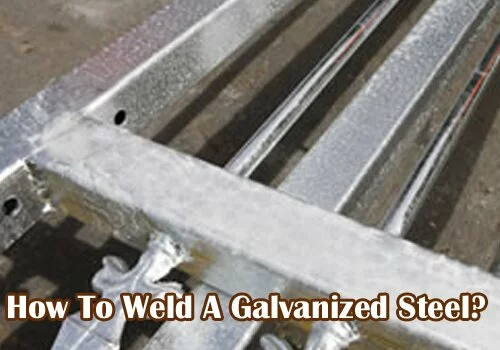
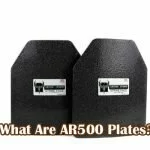
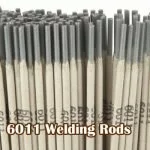
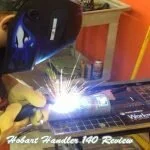
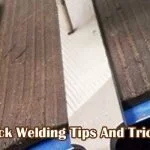
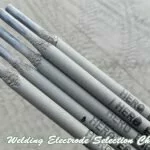

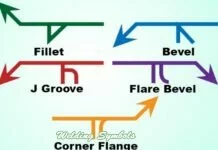
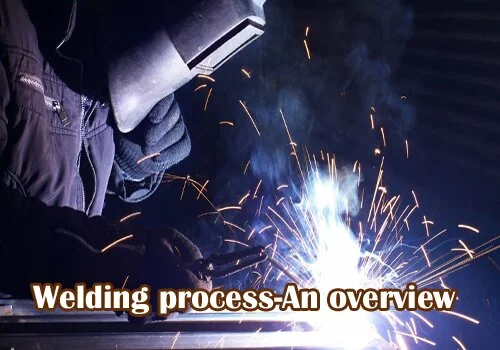
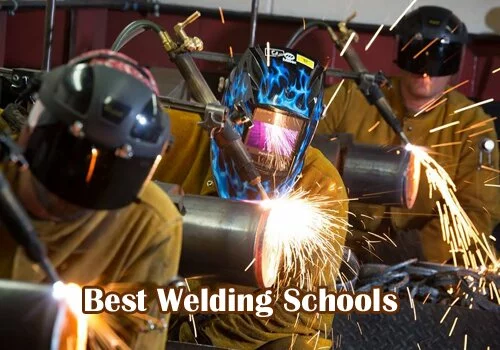
[…] Also may like: How To Weld A Galvanized Steel? […]